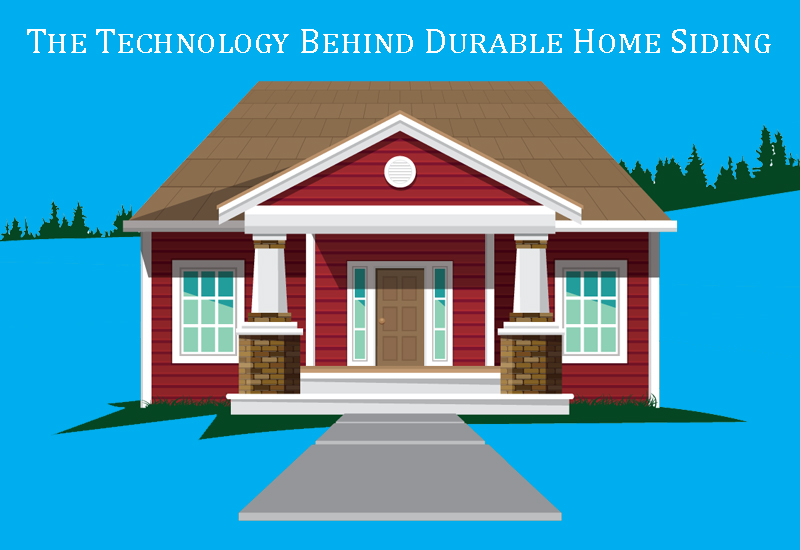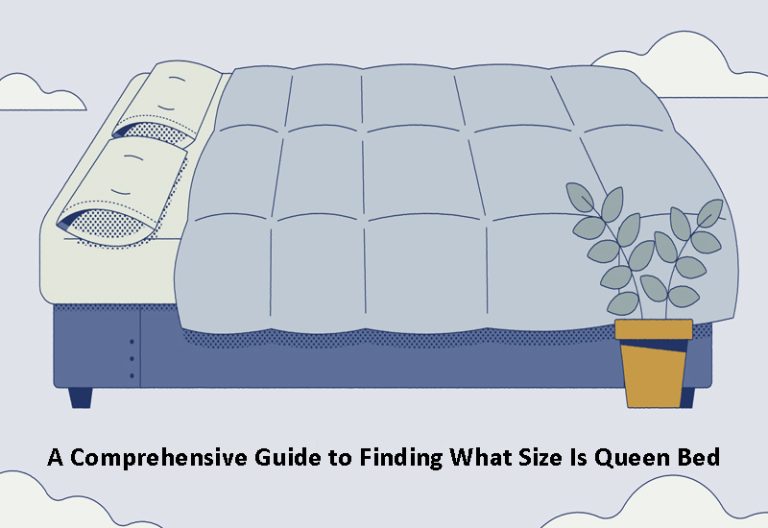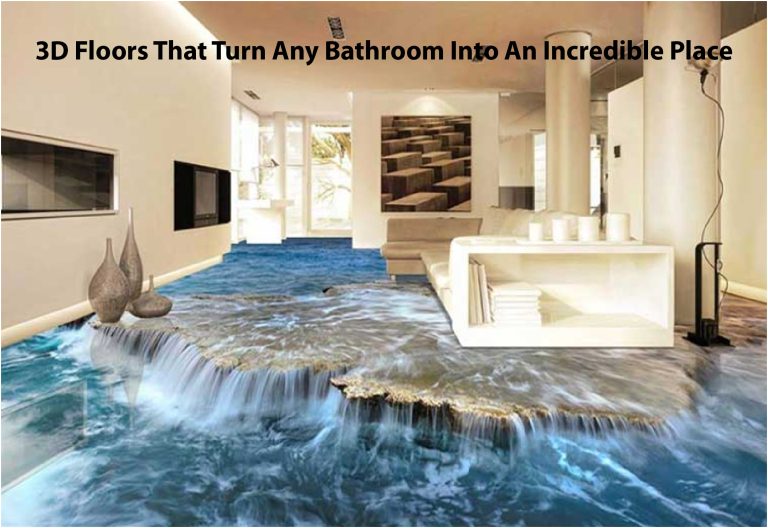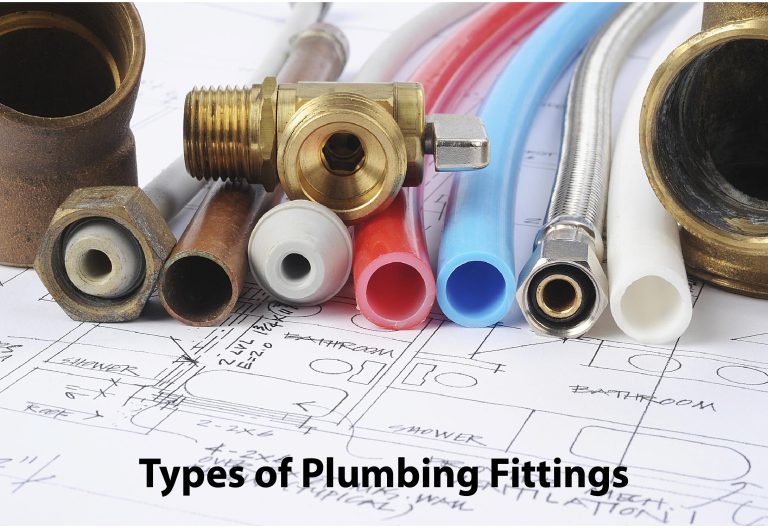The Technology Behind Durable Home Siding

Property owners must consider all options when having siding installed or replaced. Upon doing so, many people opt for engineered wood siding. Why do they do so? What benefits come with this siding choice?
Siding manufacturers introduced fiber cement siding at the turn of the 20th century. They did so because they wanted a more durable home siding product. When first introduced, this siding brought together Portland cement, sand, and asbestos fibers. Over the years, manufacturers started making the fiber cement siding with wood fibers, and this is what they continue to use today. What makes this siding so popular? What benefits does it offer when compared to other siding products available now?
Engineered Wood Siding
Manufacturers first patented engineered wood siding back in 1965. Today, they create this siding by combining wood fibers they have treated, and they use waxes, binders, and other products to ensure the fibers retain the desired shape. Many people turn to LP SmartSide Trim & Siding when they want a durable siding product. The company designed this siding to be more durable than other products on the market today. What makes this product stand out from others?
Stands Up To Weather
Many parts of the country are known for severe weather. For example, homeowners in Florida know they must choose products that will hold up if there is a hurricane. Individuals in Buffalo, New York need siding that won’t be damaged in a blizzard. This engineered wood siding can hold up under these weather conditions and more. Every strand of wood is treated with zinc-borate, adhesive resins, and waxes that resist water to ensure this is the case.
After treating the wood strands, the manufacturer adds an overlay that has been saturated in resin and resists water. It is the combination of the treatment and the overlay that allows the siding to hold strong when exposed to high winds and heavy rains. The siding is also ideal for areas of high humidity, extreme temperatures, and freeze/thaw cycles.
Flying Objects
Accidents happen. For example, a child might throw a baseball and have it hit the siding. Many siding products would be damaged by this errant baseball, but engineered wood siding is impact-resistant. The same holds when the siding is hit by a golf ball, river rock, and more.
Impact testing found fiber cement siding didn’t hold up up when exposed to the same hazards. Furthermore, testing showed fiber cement siding didn’t hold up as well as engineered wood siding when exposed to hail. Wood siding didn’t fare as well in these tests as engineered wood siding did, either.
Pest Damage
In addition to being impact-resistant, engineered wood siding resists termites. The zinc borate applied to the wood strands ensures the siding won’t be damaged if termites come looking for a food source. Fungal decay won’t be an issue with this engineered wood siding. It has been tested in a tropical forest in Hawaii to make certain these hazards won’t harm the siding. This rainforest is home to Formosan termites, the species known for their aggressive and destructive behavior. The siding remains structurally sound even after years when used in these conditions.
Property owners know their home will remain protected from various hazards, including extreme weather, when they choose engineered wood siding. With many options to choose from, a person will find the right siding for the project they wish to complete. However, before making this choice, they want to know how this product differs from others on the market today.
Vinyl Siding
Many people choose to invest in vinyl siding because it comes with a low price tag and they won’t need to spend a lot of time maintaining it. However, vinyl siding is easily damaged, so property owners might find they spend a lot of time having damaged siding repaired or replaced. In addition, the siding may buckle, melt, or crack, again leading to the need for repairs or replacement.
Fiber Cement Siding
Prior to engineered wood siding being introduced, many people invested in fiber cement siding. They loved its versatility. However, it isn’t suitable for areas prone to excessive moisture or common freeze/thaw cycles. If this siding is installed in the climates, the owner might find they must frequently address broken or cracked siding.
Fiber cement siding cannot be recycled. It will end up in the landfill at some point in its lifetime. Engineered wood siding is constructed using wood scraps, which benefits the environment.
In addition, engineered wood siding adds to the insulation value of the home. This isn’t the case with fiber cement siding. In fact, a property owner could find they need to add more insulation to the home if they choose fiber cement siding, as its R-value is only 0.5.
Conventional Wood Siding
While a person might love the charm of traditional wood siding, they find this material isn’t very durable. Wood naturally degrades over time. In addition, the siding is easily damaged by termites and moisture. The wood may rot or warp over time, and the owner will find they must regularly stain or paint the siding to keep it looking its best.
To manufacture conventional wood siding, companies need to take down trees. This isn’t the case with engineered wood siding, as manufacturers use wood scraps, sawdust, and more to make this siding, saving forests in the process.
Cedar Shake Siding
Cedar shake siding mimics the look of traditional wood. It is more durable than conventional wood siding, though, and it also comes with natural insulation properties. However, people need to know that they will have to spend more time maintaining this siding than they would with traditional or engineered wood siding. Some people find they want to consider other options because of these maintenance requirements.
Aluminum Siding
Aluminum siding may appear to be a good choice, as manufacturers can use recycled materials in its production. This material is extremely durable, but it comes with several drawbacks. The aluminum is prone to dents and dings. In addition, it will need to be painted frequently to keep it looking its best.
Countless building professionals recommend the use of engineered wood siding, as it comes with so many benefits. They love its longer lengths and its light weight, as this makes the installation of the siding easier. Property owners love this siding because it is moisture and pest-resistant and will hold up in extreme weather. Talk with a building professional to learn more about this siding option and why it may be the right choice for your project.






